Step aboard and journey back in time to the world of Erik the Red, the intrepid Viking explorer who forever altered the course of Scandinavian history.
The thrilling adventures and colourful life of this legendary figure filled a whole saga, but don’t worry if your Old Norse is a bit rusty: we’ll give you the jist of it right here.
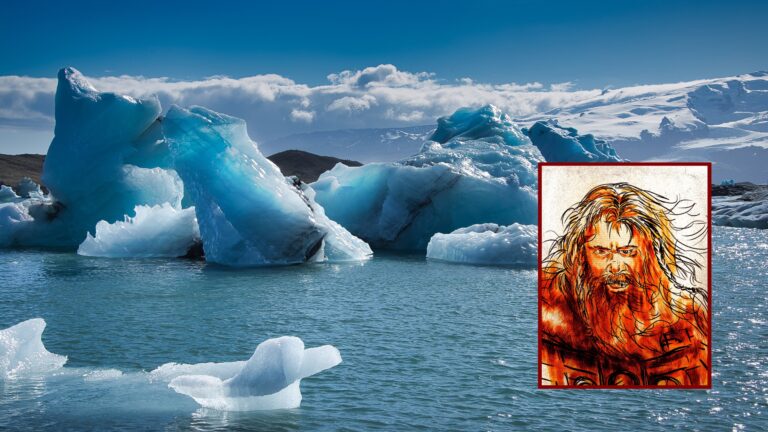
From his daring voyages to the discovery of Greenland, to the tales of his notorious temper and the legacy he left behind, we've got it all covered.
With his larger-than-life personality and incredible feats of exploration, Erik the Red is a famous Viking figure that will capture your imagination and leave you wanting more.
And we’ll even include tips of the best Greenland sights to visit should you decide to walk in his footsteps. So, come along and discover the captivating tale of one of history's most legendary explorers.
The origins of Erik the Red
Erik Thorvaldsson, also known as Erik the Red, was born in Jæren, Norway, in an area that is known today as Rogaland. Jæren is where the city of Stavanger is located, and its coast is known to have some of the best farmland in the country.
Erik’s father, Thorvald Asvaldsson, was exiled from Norway for manslaughter, and for that reason decided to settle in Iceland. Erik, said to have been a grown man already at the time, followed his father to Iceland.
Thorvald died a few years later, and Erik married high-born Tjodhild and settled in Haukadal where he built a farm.
It is at this farm that the most famous of his sons is thought to have been born: Leif Erikson, who would go down in history for being the first European to set foot in Vinland (North America).
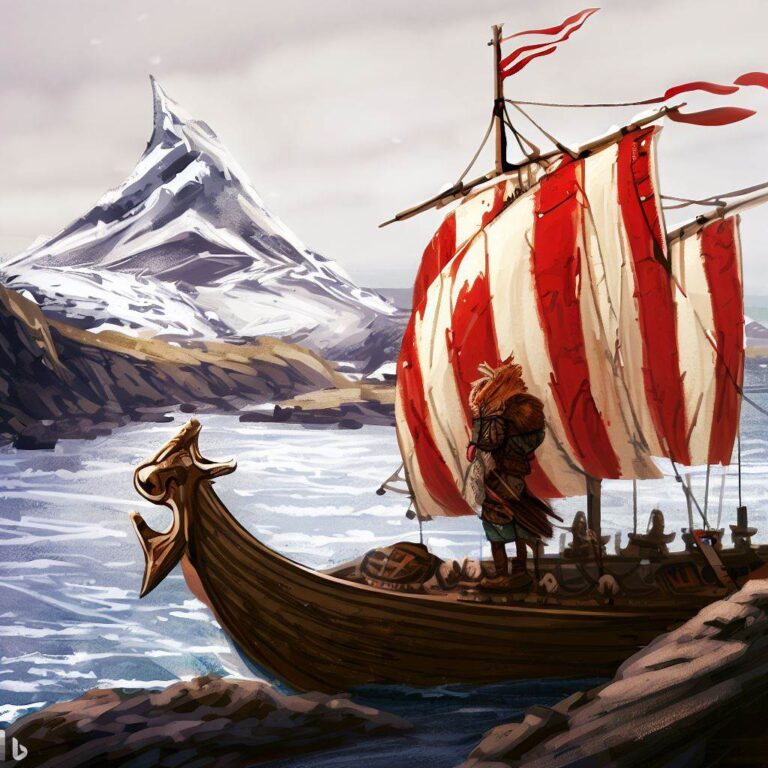
He would soon have to leave Haukadal because of a neighbour dispute. This was not a neighbour dispute over noise or the positioning of a fence, but a proper, hardcore, Viking age neighbour dispute.
To summarise a long story: Erik’s slaves (yes, slaves were a thing at the time) unwittingly triggered a landslide that ruined a neighbour’s farm.
Landslides were, and still are, an ever-present danger in certain areas of post-Ice age Scandinavia, and they can be triggered by seemingly harmless digging.
In retaliation, the affected neighbour killed the slaves. This angered Erik, who then killed the neighbour as well as another man.
A violent temper
Because of the slaughter at Haukadal, Erik was banished from the area and resettled further west. Essentially he followed the valley towards the sea, where it opened up into a fjord, and settled at the islands of Brokey and Öxney, at the mouth of the fjord.
There, he got into another dispute with a neighbour. Are you beginning to see a pattern here?
The dispute is a bit difficult to understand from a 21st century perspective, but let me try. He asked a neighbour, Thorgest, to keep his setstokkr for him while he was building his house. These are inherited ornamented beams believed to have mystical properties at the time, and that had been brought from Norway by his father.
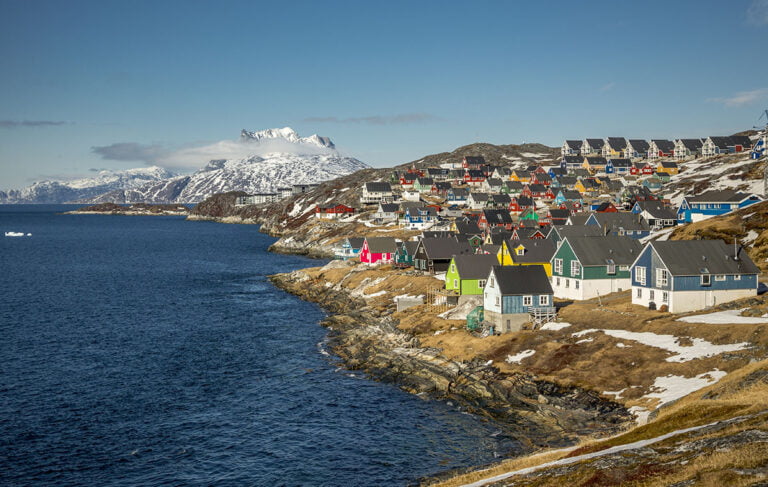
When his new house was finished and he went to get the things back, they “couldn’t be obtained”. The saga is a bit fuzzy on the details, but suffice to say that the result was another bloody battle in which several people were killed.
Erik and his allies were sentenced to be outlaws for three years. This meant, essentially, that they were considered enemies of the state and could be hunted down and punished without trial.
This is when he decided to leave Iceland and try to find the mysterious land observed by Gunnbjørn Ulvsson a few decades earlier, when he drifted off course to the west.
The rediscovery of Greenland
The mysterious land to the West that Erik had heard of was Greenland. During his three years of exile, Erik the Red explored the coastline of the great island.
He discovered signs of an earlier culture, now known to be the Dorset people, who had inhabited the island from around 500 BCE before abandoning it due to a change in the climate that saw temperatures increase.
This temperature increase conflicted with the Dorset people’s hunting methods, but made Greenland's west coast a viable alternative for Norse farmers from Iceland. Erik explored the areas that would later become the Eastern Settlement in the south and the Western Settlement around present-day Nuuk in the north.
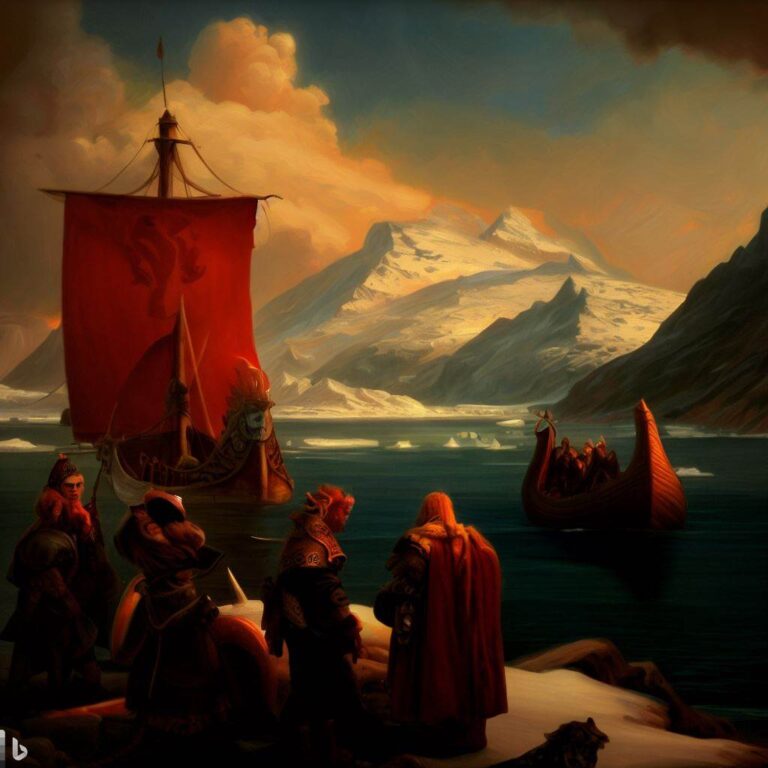
He decided to establish his farm at a place he called Brattahlid, at the head of Eiriksfjord (today's Tunugdliarfik) in the Eastern Settlement. For his project to succeed, he needed more people to take the leap and move to Greenland.
So, he went back to Iceland. Not one to hold a grudge, Erik met his rival Thorgest in battle while he was there.
He was defeated, but survived, and reached a truce with Thorgest. Then, in a stroke of marketing trickery worthy of modern-day corporations, Erik decided to name the land he discovered “Greenland,” – even though most of it was covered by an ice sheet – believing that an appealing name would attract more settlers.
Erik the Red then led 25 ships carrying friends and their families to settle in the new land. Only 14 of these ships arrived safely, while the others were either wrecked or forced to return to Iceland.
This first Norse settlement in Greenland can be dated to between 984 and 986.
The introduction of Christianity
Erik the Red remained a leading chieftain in Greenland throughout his life, owning the farms at Brattahlid in the Eastern Settlement and Sandnes in the Western Settlement.
The Saga of Erik the Red and the Saga of the Greenlanders are the primary sources for this period and focus on further expeditions to Vinland and the transition to Christianity in Greenland.
According to the Saga of Erik the Red, it was his son Leif who brought Christianity to Greenland in 999 or 1000, after serving under Olav Tryggvason in Norway. Leif's mother, Tjodhild, and many others converted to Christianity.
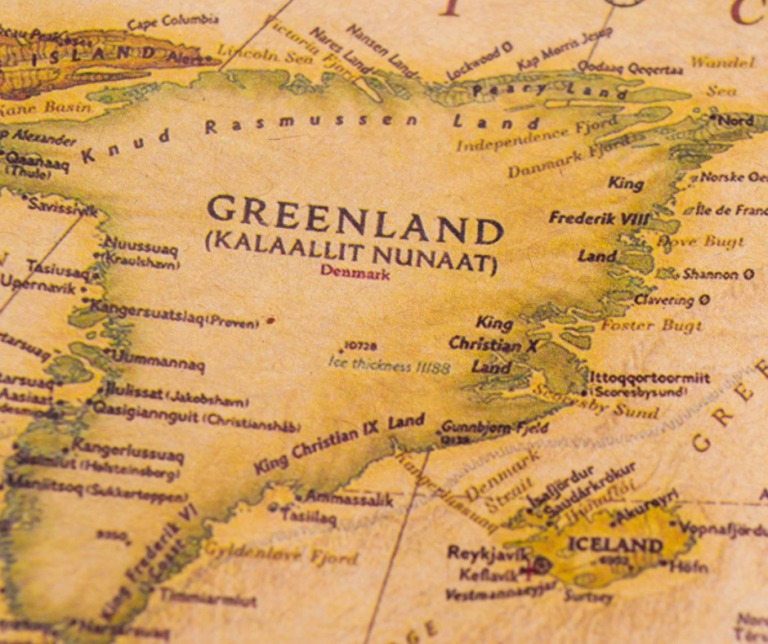
However, Erik the Red held onto the old faith, which led to conflict with his wife. Tjodhild built a church a short distance away from the other buildings at Brattahlid.
This turn of events was a source of irritation for Erik. The saga tells us that “After she accepted the faith, Thjodhild would have no intercourse with Eirik, and this was a great trial to his temper”… as one can imagine.
The Saga of the Greenlanders has a different version of the events, claiming that Christianity was introduced to Greenland after Erik the Red's death, with Leif playing no role in this event.
It is worth mentioning that the sagas are oral tradition that was first transcribed and then copied and recopied quite a few times, so discrepancies are known to occur frequently.
In 1961, a small Viking-era church was discovered at Brattahlid. The oldest Christian graves around the church date back to before 995, suggesting that Christianity was established at Brattahlid earlier than the sagas indicate.
Tips for a visit to Greenland
If you're interested in walking in Erik the Red's footsteps and learning more about Norse culture in Greenland, consider visiting the following sites.
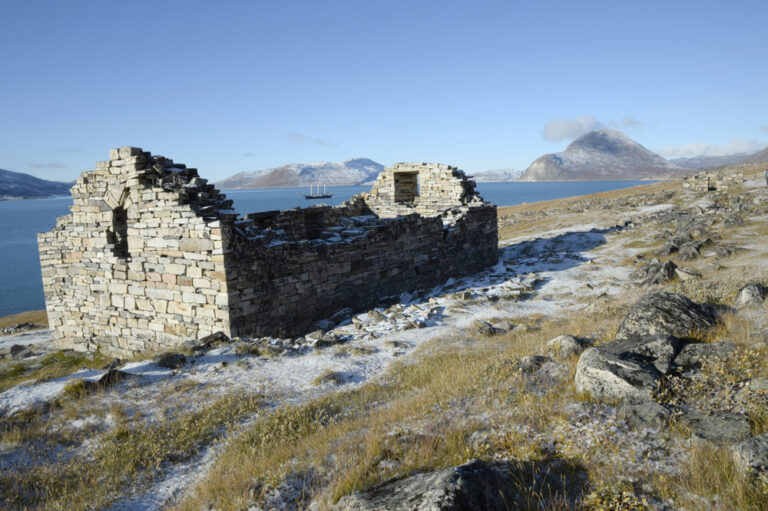
Brattahlid (Qassiarsuk): This is the site of Erik the Red's farmstead and is located in the southern part of Greenland. You can visit the ruins of Erik's longhouse and see a reconstruction of a Viking church.
Hvalsey Church (near Qaqortoq): This is one of the best-preserved Norse ruins in Greenland. The church was built in the 14th century and was in use until the 15th century.
The Greenland National Museum and Archives (Nuuk): This museum has a collection of artefacts related to Norse Greenland, including tools, weapons, and clothing. Nuuk itself, Greenland’s capital, is on the site of the Western Settlement established by Erik and his followers.
The Norse Ruins at Igaliku: This is a well-preserved Norse settlement that dates back to the 12th century. You can see the ruins of several buildings, including a church.

